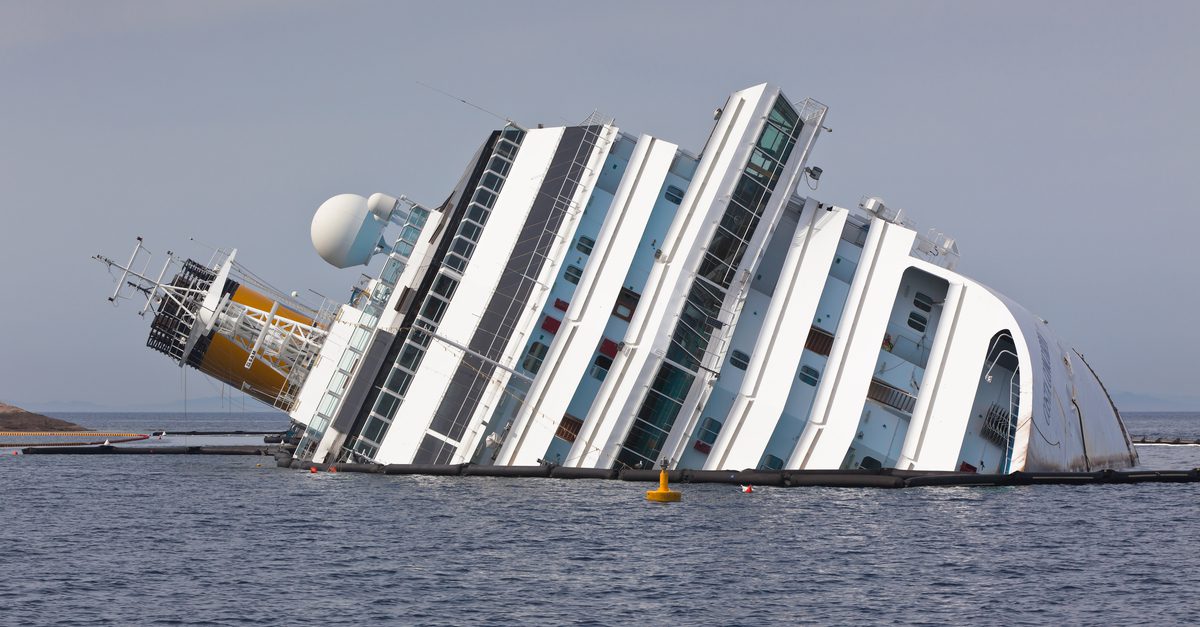March 31, 2020
Decision support systems for determining stability on damaged passenger ships
By Pekka Ruponen, Lead Research Engineer, NAPA
Even as ships have become larger, the rate of ship accidents has decreased. Nevertheless, accidents continue to occur despite major improvements to their design and operation. Collision, grounding, and contact are the most likely causes of damage to a passenger ship.

Traditionally, the damage stability analyses have been based on the expert judgment of the crew, utilizing pre-calculated damage consequence diagrams. More advanced analyses have been based on calculations with the loading computer. Recently, also dedicated decision support systems have been developed to provide more accurate information.
In large part, this development was prompted by the Costa Concordia accident. New regulations were established that set a baseline requirement for decision support systems as an extension of a loading computer. Since then much more advanced systems that go well beyond regulatory minimums, such as NAPA Emergency Computer, have become able to provide critical information on the predicted stability development of a damaged ship.
NAPA Emergency Computer can provide valuable assistance to the crew in the stressful flooding emergencies. This system can be also used in drills, where realistic scenarios can be simulated, and the crew can familiarize themselves with the system.
NAPA Emergency Computer’s excellence is widely recognized. In fact, it’s used by almost all the major cruise lines, including Carnival Cruise Line, Royal Caribbean Cruise Lines, Norwegian Cruise Line, Viking Ocean Cruises, Genting Cruise Lines, Virgin Voyages, Saga Cruises, Hurtigruten, and Lindblad Expeditions.
The full paper, co-authored by Petri Pennanen and Teemu Manderbacka, is titled ‘On the alternative approaches to stability analysis in decision support for damaged passenger ships‘.
It was recently published in the WMU Journal of Maritime Affairs, and in the article we also discussed:
- The rationale for using stability computers, and the need for rapid communication between crew, shore, and passengers.
- The benefits of time-domain prediction to analyze progressive flooding for passenger ships with a complex layout of the compartments, which makes it impossible to use pre-calculated scenarios.
You can read the full article here:
This article was originally published on 2 April 2020 in LinkedIn by Pekka Ruponen.